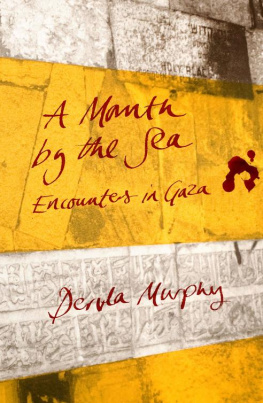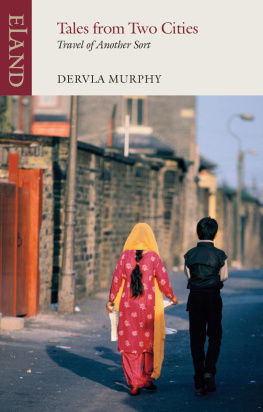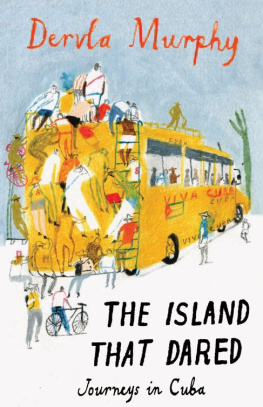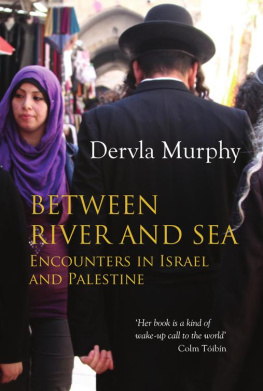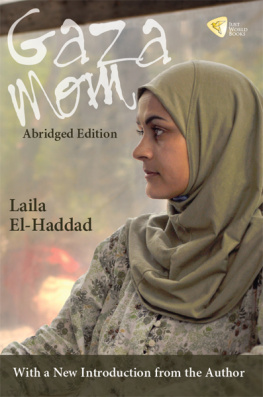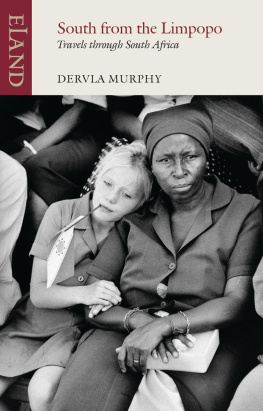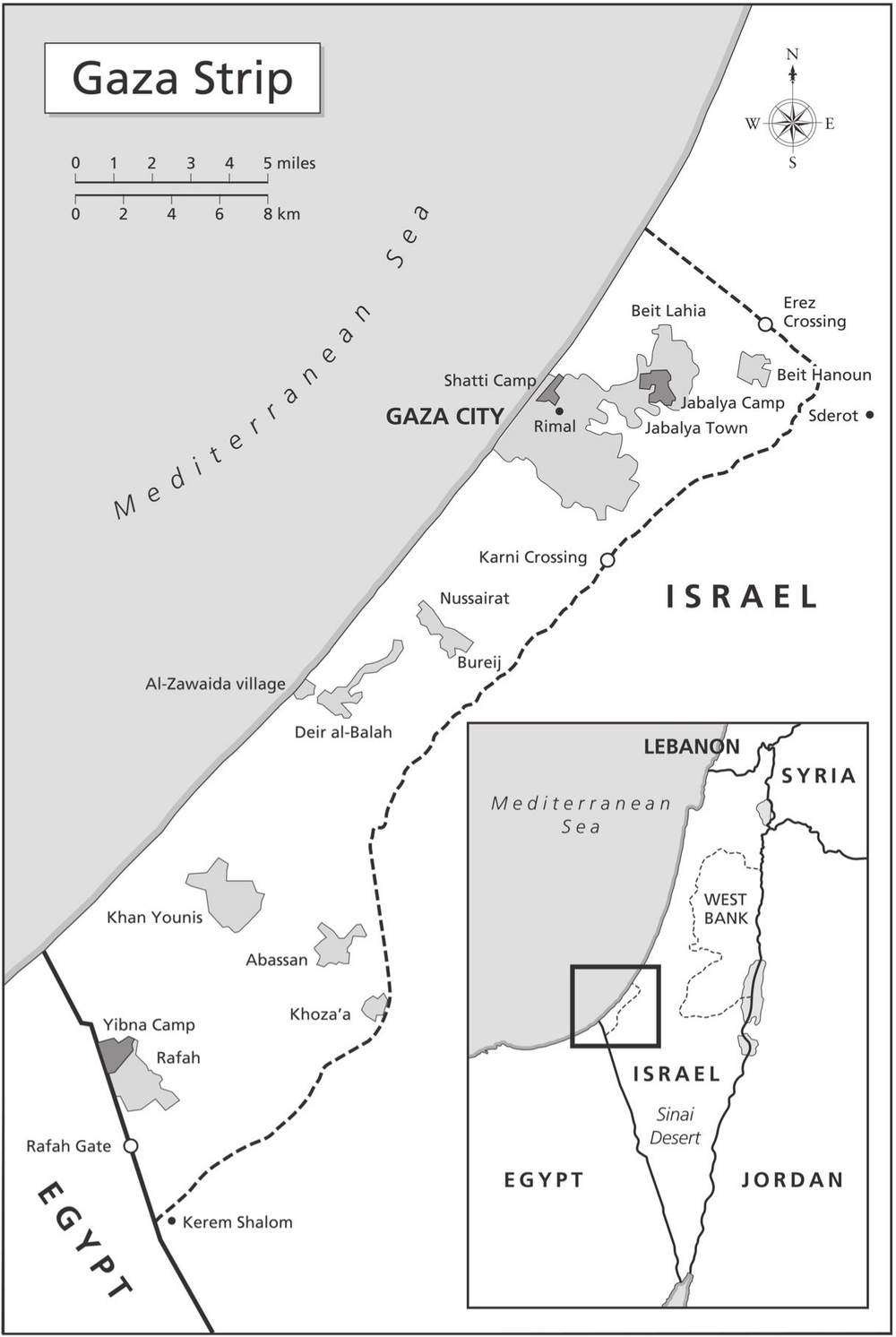Home to 1.6 million Palestinians, the Gaza Strip is one of the poorest, most densely populated, isolated and embattled places on earth. Israels control of access by land, sea and air, coupled with the illegal blockade it imposed in 2007, have effectively turned this tiny sliver of land, 330 square kilometres, into an open-air prison. As a result of Israels restrictions, Gaza receives few foreign visitors and only limited coverage in the Western press.
It is against this background of far from benign neglect that Dervla Murphys new book should be evaluated. The book gives a much-needed description of life inside the prison. Based, as are all her books, on first-hand experience, it sheds a great deal of light on all aspects of daily life and on the dire conditions in this dark corner of the Palestinian Occupied Territories.
The title of the book carries more than a modicum of irony. A Month by the Sea conjures up images of a relaxing holiday with buckets and spades, ice creams and sun-kissed beaches. This image could not be further removed from reality. Dervla spent only a month in Gaza in June 2011. But what an intense, eventful and eye-opening month that was!
As Dervla explains in the prologue, the section on Gaza was originally intended as only two chapters of a longer account of the life of the Palestinians under Israeli occupation. In 200810, she spent three months in Israel and five months on the West Bank. On the West Bank, she lived in the Balata refugee camp near Nablus. On reflection, she decided to write two separate books. The month by the sea provided ample material for a separate book on Gaza. Hopefully this will be followed up in due course by another volume on the land-locked West Bank.
The inhabitants of Gaza, like their fellow citizens on the West Bank and in the Diaspora, are victims of the cruel geopolitics of the region. The modern history of this region is punctuated by ArabIsraeli wars, starting with the war for Palestine in 1948 and culminating in the attack on Gaza (known by the Israelis as Operation Cast Lead) in 20089. In the course of the first ArabIsraeli war, the Egyptian army captured and retained the Gaza Strip. From 1949 until 1967, the strip was under Egyptian military rule. During the Six Day War of June 1967, the Israel Defence Forces (IDF) captured the Gaza Strip and the entire Sinai Peninsula from Egypt, the West Bank from Jordan, and the Golan Heights from Syria. In 1979 Israel relinquished Sinai in return for a peace treaty with Egypt but retained the Gaza area up to the old international border. The 1993 Oslo Accord raised the hope of, but failed to deliver, an independent Palestinian state alongside Israel with a capital in East Jerusalem.
The essential framework for understanding the conflict between Israelis and Palestinians is that of colonialism. Although there are cultural, ideological and religious dimensions to the conflict, at its core is the appropriation of land and the domination of a weaker by a stronger power. The Oslo peace process was used by Israel not to end but to repackage the occupation. Under the guise of Oslo, Israel continued to pursue its aggressive agenda in the Palestinian Occupied Territories. The colonial exploitation was especially egregious in Gaza. At the time of Israels unilateral disengagement from Gaza in 2005, 1.4 million Palestinians and 8,000 Israeli settlers lived in the Strip. The 8,000 settlers controlled 25 per cent of the territory, 40 per cent of the arable land and the lions share of the desperately scarce water resources. Even after Israels withdrawal, under international law it remained the occupying power with responsibilities towards the civilian population, responsibilities it has flouted with complete impunity.
Israeli propaganda portrays the people of Gaza as a bunch of Muslim fanatics, and terrorists to boot, who are implacably opposed to a Jewish state in any part of Palestine. What this book shows is that ordinary people in Gaza crave the same things as ordinary people anywhere: a normal life, freedom, democracy, respect for human rights, economic opportunity, social justice, independence and national dignity. There is certainly widespread hostility and even deep hatred towards Israel, but what Israelis tend to overlook is the part that they themselves have played in planting hatred in the hearts of Palestinians.
Another argument frequently advanced by Israeli spokesmen is that real peace is not possible because of the Palestinians alleged addiction to authoritarianism. This too is a gross distortion. With the possible exception of Lebanon, the Palestinians have achieved the only genuine democracy in the Arab world. And they achieved it before the Arab Spring began to sweep through the area from the Atlantic to the Persian Gulf in early 2011. This achievement is all the more remarkable given that they had to operate within the constraints imposed by the Israeli occupation. In January 2006, Hamas, the Islamic resistance movement, won a fair and free election and proceeded to form a government. Israel refused to recognise this democratically elected government and resorted to economic warfare to undermine it. The United States and the twenty-seven members of the European Union followed Israels lead by refusing to deal with the Hamas-led government. In March 2007, Hamas and Fatah formed a national unity government with the declared aim of sharing power and negotiating a long-term ceasefire with Israel. Israel refused to negotiate, denouncing Hamas as a terrorist organisation. Behind the scenes, Israel conspired with Fatah, the Americans and the Egyptians to isolate, weaken and topple Hamas.
To preempt a Fatah coup, Hamas violently seized power in Gaza in June 2007. Israel responded by imposing a blockade of Gaza and denying free passage between Gaza and the West Bank. A blockade is a form of collective punishment which is proscribed by international law. Israel justified the blockade as a measure of self-defence, a means of preventing Hamas from importing arms. The blockade, however, was not limited to arms; it also restricted the flow of food, fuel and medical supplies, inflicting heavy economic losses and serious hardship on the civilian population. Another consequence was to prompt Islamic militants to escalate their rocket attacks on cities in southern Israel.
In June 2008, Egypt brokered a ceasefire between Israel and Hamas. The ceasefire worked reasonably well until 4 November when the IDF launched a raid into Gaza, killing six Hamas fighters. Hamas was willing to renew the ceasefire on a basis of reciprocity. Shunning negotiations, Israel launched a devastating military attack on Gaza, Operation Cast Lead, at the end of December. Dervla recalls Noam Chomskys reference, as Cast Lead was ending, to the Israelis desperate fear of diplomacy. She also quotes the comment of Norman Finkelstein, another prominent American-Jewish critic of Israel, that Israel had to fend off the latest threat posed by Palestinian moderation and eliminate Hamas as a legitimate negotiating partner.
The encounters described so vividly in this book took place in the shadow of Cast Lead. They were with people from all walks of life, including moderates and militants from a baffling array of political factions, and senior Hamas officials. Accustomed as they are to being ignored by the outside world, many of Dervlas interlocutors warmed to her and opened their hearts. They spoke with touching frankness about personal as well as political matters to this feisty eighty-year-old woman who cares so passionately about justice. Her official escorts were puzzled by her lack of journalistic equipment: no camera, no tape recorder, not even a notebook and pencil. I dont like interviewing people, she explained, I just like talking with them.

